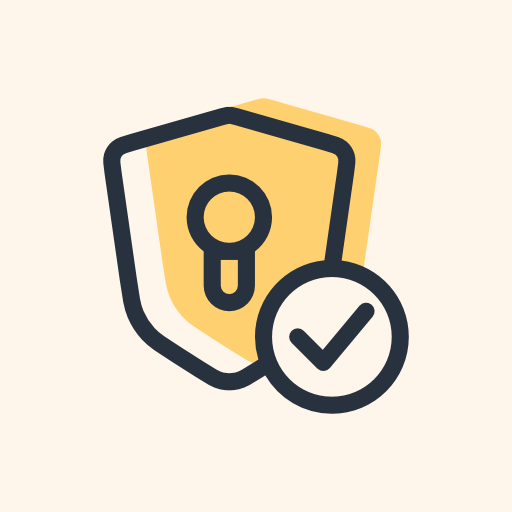

I don’t know how MacOS time machine works exactly, but if it constantly writes on the SD card you should consider changing to an external SSD or HDD. The best backup isn’t helpful if your backup medium dies.


I don’t know how MacOS time machine works exactly, but if it constantly writes on the SD card you should consider changing to an external SSD or HDD. The best backup isn’t helpful if your backup medium dies.
I’m in the name after location and function fraction. All but my printer, he’s named Cthulhu because printers are a menace to humanity and it supports wake-on-LAN.


In the end you would build your compiler directly in assembler, so no compiling would be needed.
But if you run your compiler on compromised hardware it would still be possible to insert a backdoor in your programs without you knowing.
To mitigate this vector you would be required to build your own chips… with self developed and assembled machines all the way down starting at growing your own silicon crystals.


Shredding might not work the way you expect on a SD card.
The memory cells in a SD Card can only handle a limited amount of write operations. A SD card typically has more cells than needed, so the controller can switch through different cells to improve the overall lifetime of the card. Which means you can’t be sure which cells gets rewritten when shredding, so the data you want to be gone, could still be readable.
If you want to secure your data, use strong encryption. Because what you gonna do, if you can’t destroy or get rid of the SD card?
No, CryptPad uses OpenOffice for some document types, but is its own thing.
The realy nice feature is, all data is stored encrypted and is only decrypted locally in your browser. So not even the server admin can access your files.
Yes it is.


You could also look here: ExRx.net


And the Framework Laptop also has a switch for the mic. So even the mic can be completely turned of on the hardware level.
Could you post the output of ufw status verbose ?
A bit late, but keep in mind, TMDB is not FOSS and is owned and run by a private company.


You have the right to access the internet through WiFi like everyone else. So where’s the problem?


I can see a bot doing it, behaving like the Piped-Bot with an explanation why it’s important to remove the tracking.


You can ‘future proof’ your mail by using your own domain and use it with your proton account.
So if you want or need to change your mail provider or self host in the future, you just need to redirect your domain to your new provider.


Nothing says “keeping all the malware out” more, than constantly having to remove malware ;-)
https://www.scmagazine.com/analysis/meta-uncovers-400-malicious-apps-on-android-and-ios-apps
https://cointelegraph.com/news/fake-trezor-crypto-app-removed
https://threatpost.com/click-fraud-malware-apple-app-store/149496/


deleted by creator
Fennec (Firefox for Android) with uBlock and NoScript




It should be the same. But depending on the organization behind the platform, they might play dumb if you only request the deletion through the profile tools.
Basically, yes, they couldn’t use them. The old 2FA had a really weird implementation…